If you've been using Google Maps recently, you might have noticed something quietly revolutionary happening beneath the surface. The company is currently experimenting with a conversational interface that mirrors the chat-based approach we've come to expect from Gemini. Early testers have discovered an "Ask Maps" feature in beta version 25.41.03.815390258, complete with a familiar bottom sheet interface and suggested prompts.
This shift from keyword searches to natural language is happening because user behavior and tech have finally met in the middle. The rise of conversational AI has trained people to ask for what they mean, and Google's location database, serving over a billion monthly users, now has the depth to handle it. Instead of pecking out specific terms, imagine talking to your maps app about what you actually want.
What makes conversational search actually work?
Here's the gist. Google appears to be combining large language models with its Knowledge Graph and Places data to power these natural language interactions. That massive store of location information now has a voice that sounds human.
The leap is in how the system processes complexity. Traditional Maps searches lean on keyword matching and category filters. A conversational model appears to use semantic understanding, so it interprets intent, context, and multiple variables at once. Ask for "what's a late-night sushi spot near me with counter seating and great sake?" and it tracks timing, ambiance, seating, and beverage quality, not just the word sushi.
It also supports multi-turn refinement, so you can add "make it kid-friendly" without losing the thread. That moves us past toggles and checkboxes into actual intent, expressed the way people talk.
Beyond basic queries: the contextual advantage
Local discovery is messy. Most of the time, you are not searching for "a restaurant." You are hunting for "somewhere with good vibes for a first date that won't break the bank and has decent parking."
The conversational interface lets you convey atmosphere, price point, dietary needs, and mood without diving into filters. You could search for "a nice date spot with small plates and live jazz and good cocktails" and then narrow by neighborhood or transit time in follow-ups.
It can juggle multi-layered requests that stump traditional search. Preferences for cuisine, dietary restrictions, price range, ambiance, parking, and social context get weighed alongside real-time signals like current wait times, recent reviews, and seasonal menu changes. That is how people plan nights out anyway. We think in scenarios, not categories. The AI finally meets that mental model.
Early testing reveals both promise and pitfalls
Beta testing shows the rough edges you would expect in something this complex. Some testers have encountered duplicate results for identical queries, and, at times, map displays do not match information panels.
One example stands out. A query about Japan's highest mountain correctly identified Mount Fuji but listed it twice, a neat illustration of the difficulty of anchoring conversational AI in local data. This is not just a UI hiccup but the core challenge of merging chatty AI with precise, real-world facts, all while staying current.
Google's response points to how they plan to steady the ship. The company is relying on authoritative signals like owner-verified information and trustworthy reviewer profiles to minimize duplicates and hallucinations. In practice, that means multi-layer verification that cross-references business data, user content, and authoritative sources before a reply appears. Conversational AI needs more than natural language; it needs solid, constantly updated grounding.
What this means for businesses and users
For users, this could shorten the gap between a thought and a shortlist, especially helpful with last-minute plans or when visiting unfamiliar cities. You land in a new place at 9 PM, you want something specific, and you do not have the patience for filter gymnastics. Say what you want, the way you would tell a local friend.
For businesses, the impact is immediate. Structured data and authenticity attributes in Google Business Profile become more vital, and high-quality photographs, current menus, and clear reviews help the system generate better conversational answers.
PRO TIP: Start optimizing your business profiles now by focusing on detailed attribute completion, things like "outdoor seating," "quiet atmosphere," "good for groups," and "accepts reservations." These specific descriptors will become crucial for matching conversational queries. Also, encourage customers to leave reviews that mention specific experiences and contexts, not just star ratings.
Local SEO teams should prepare for intent-driven, long-tail queries and hyperlocal positioning rather than traditional keyword playbooks. The winners will optimize for AI interpretation of human intent across many conversational scenarios.
The bigger picture: Google's AI ecosystem strategy
This Maps experiment slots into Google's broader AI push. The company is rolling out Gemini across search and productivity apps, creating a uniform GUI that teaches users to expect "ask me anything" behavior across its services.
That consistency is a competitive stance against other tech giants pursuing AI-first approaches to location. While Apple focuses on privacy-first mapping and Amazon emphasizes commerce integration, Google is betting on conversational intelligence as the differentiator. Learn to talk to one Google app like Gemini, you expect that cadence everywhere. Maps become a piece of a cohesive AI ecosystem, not a standalone tool.
There is a catch. The Ask Maps feature is ostensibly controlled by server-side flags, so people might see it at different times or not at all, and there is no public timeline for wide release. The slow roll suggests Google is taking the technical hurdles seriously while collecting behavior data to refine the experience.
Where do we go from here?
Google is essentially bringing Maps to the conversational front end using AI principles that underpin Gemini. The potential is far broader than what exists today, think preferences that evolve over time, seasonal context, recommendations shaped by weather, traffic patterns, and your calendar events. Real-time inventory for retail searches, dynamic pricing awareness for restaurants, predictive suggestions tied to local happenings.
Execution is the crux. Google needs to optimize for how people talk, not just what they type, while delivering factually accurate, locally relevant results at scale. That includes regional language quirks, cultural context, and the countless ways people describe what they want.
The early signs are promising. The real test will be the public rollout. Can Google keep the conversational feel while safeguarding accuracy, and dodge the hallucinations that dog current systems? If they pull it off, this could be the biggest shift in local discovery since Google Maps launched. Finding places could feel less like querying a database and more like texting a friend who knows every corner of everywhere, in real time, and somehow gets what you mean, even when you are not entirely sure yourself.




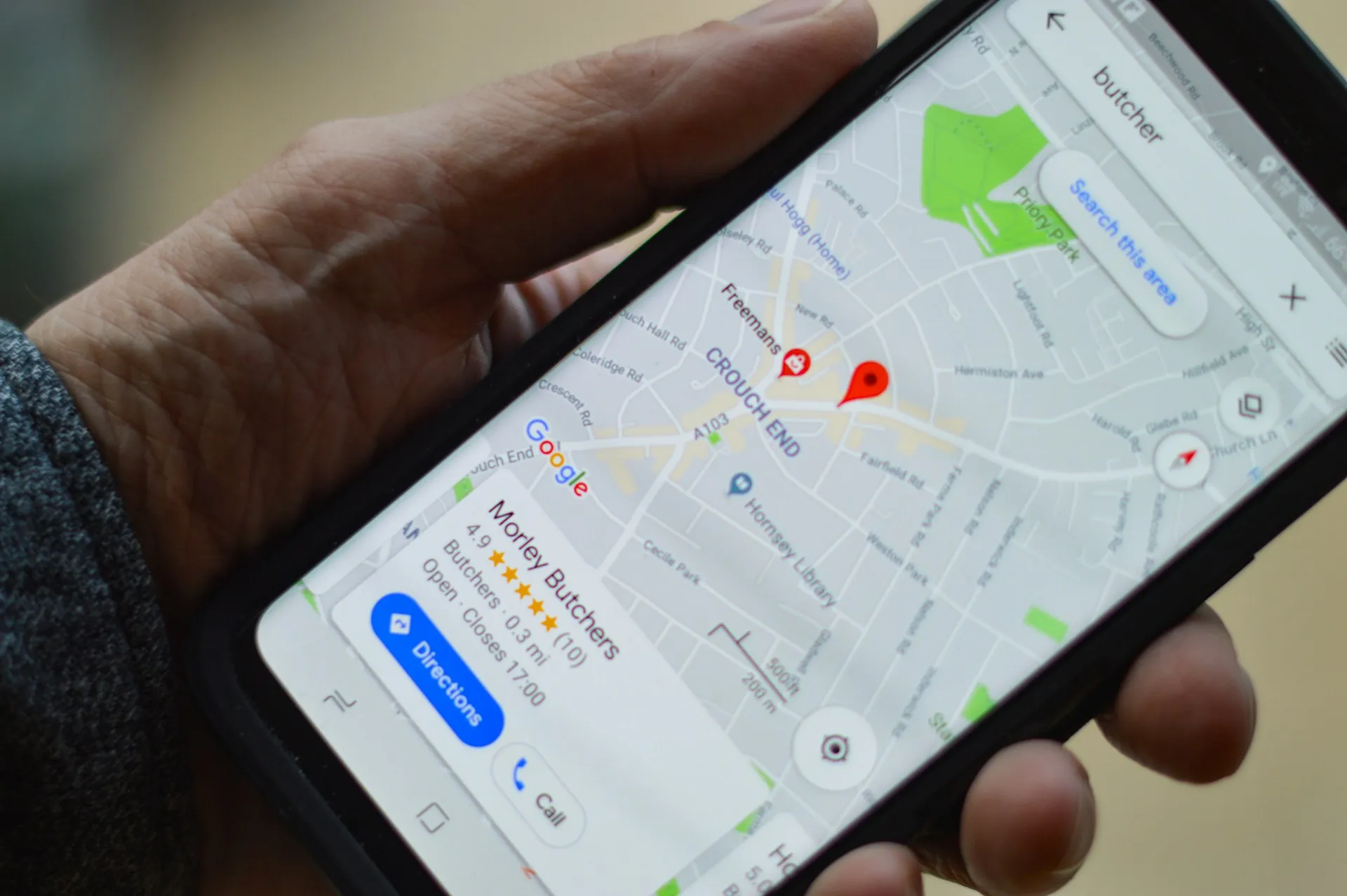

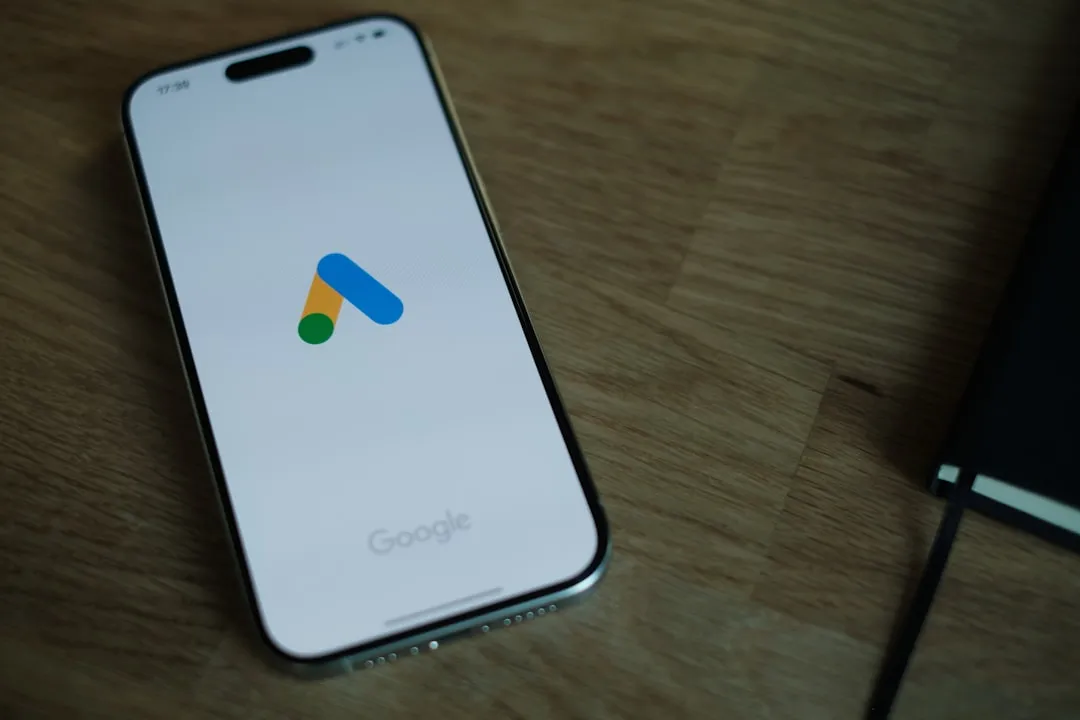



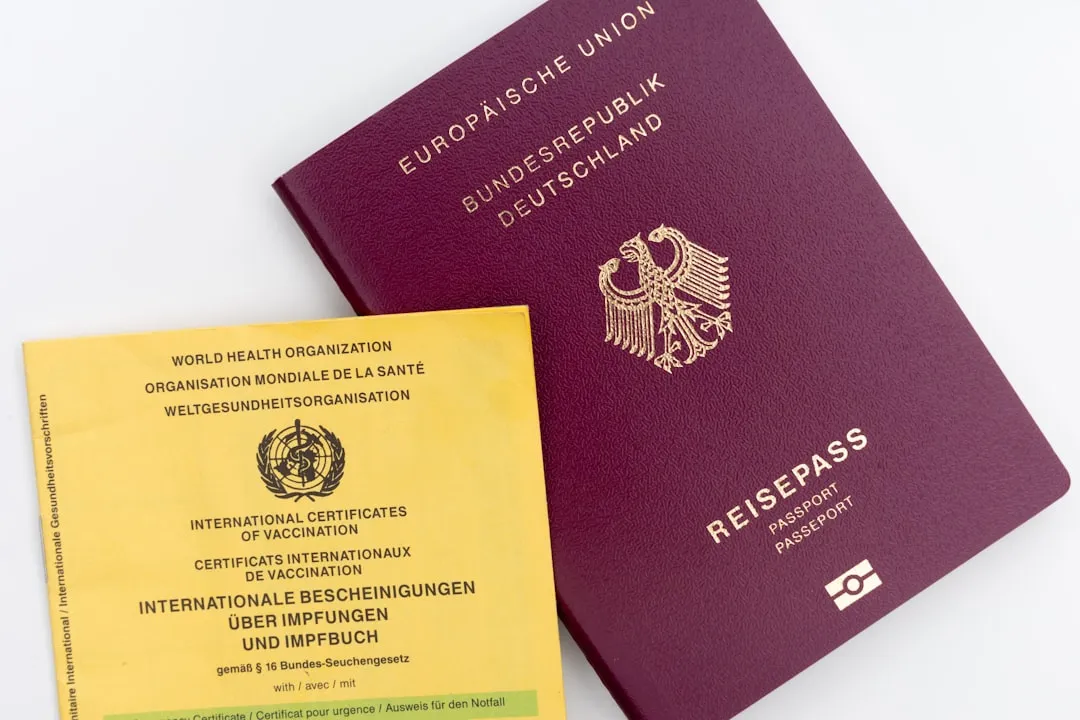





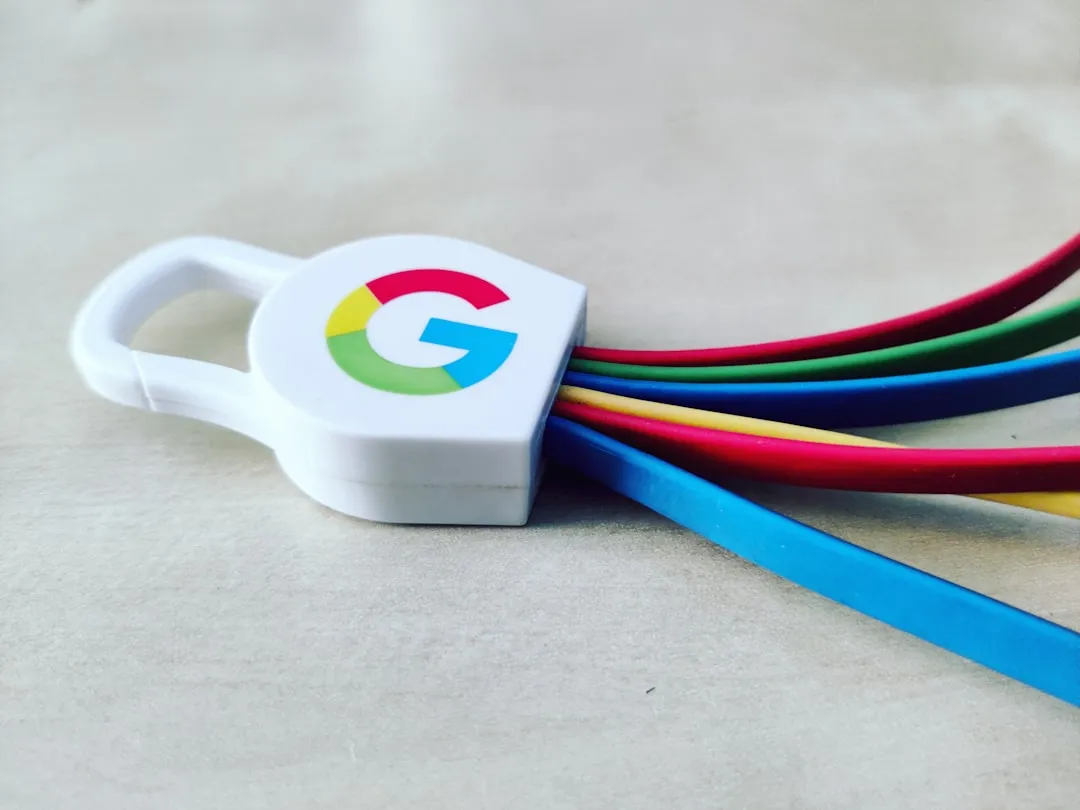
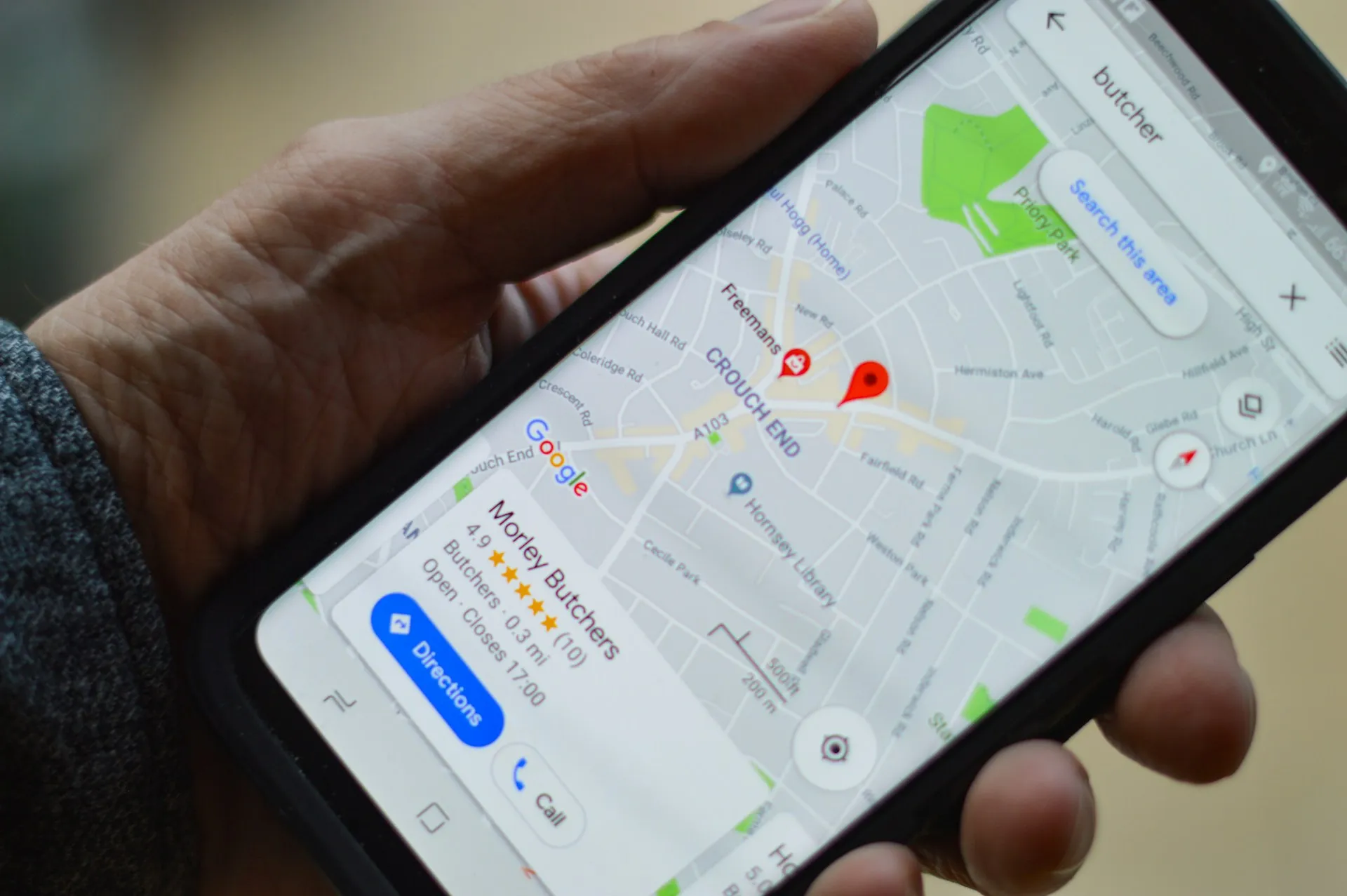
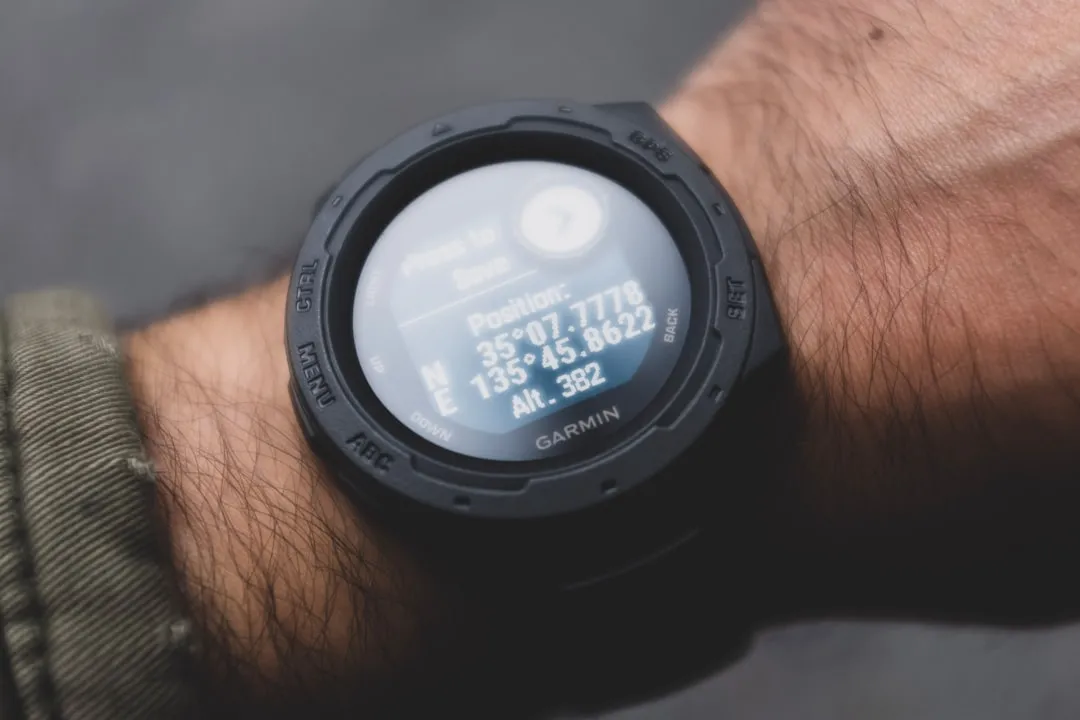


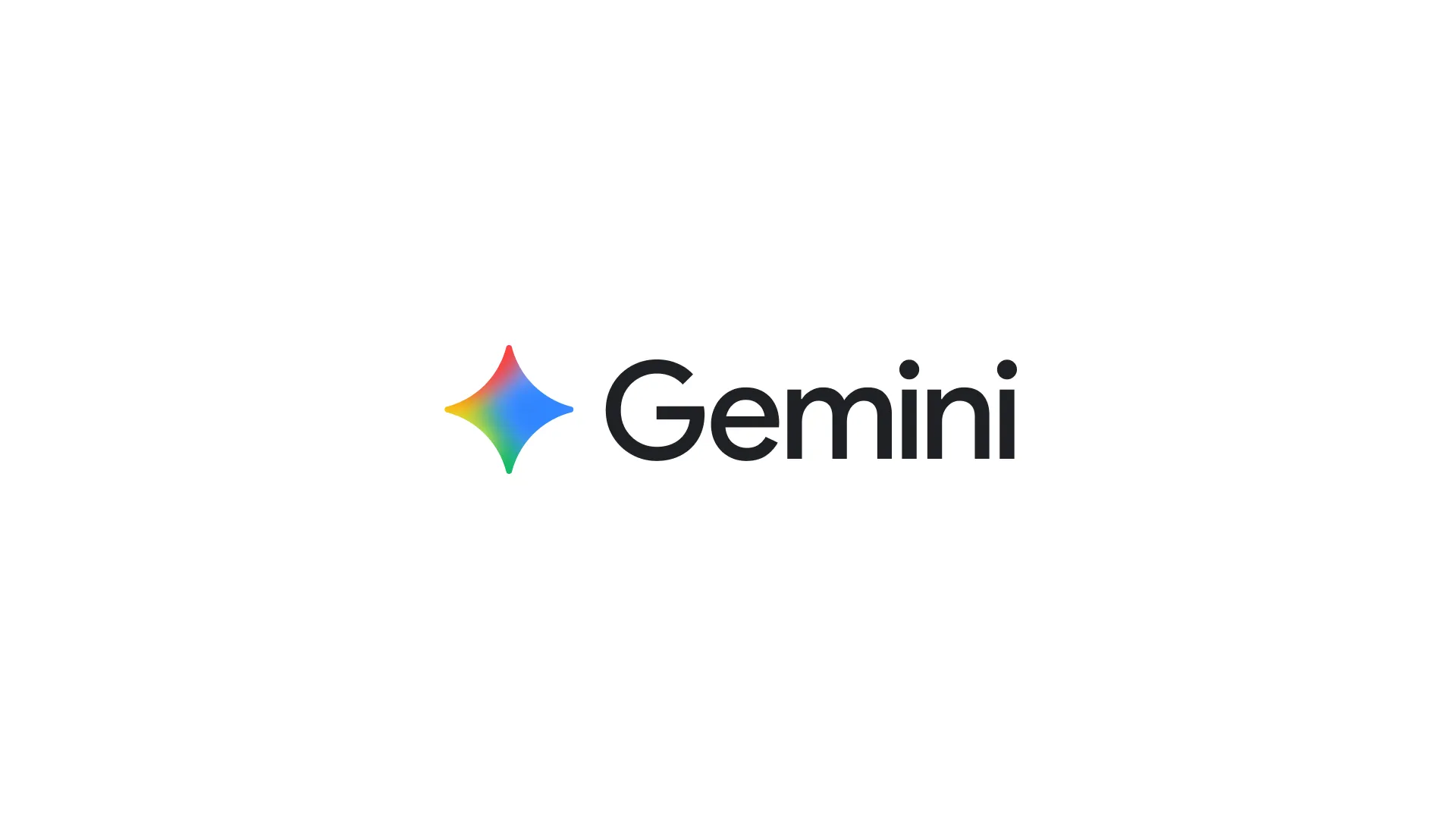

Comments
Be the first, drop a comment!